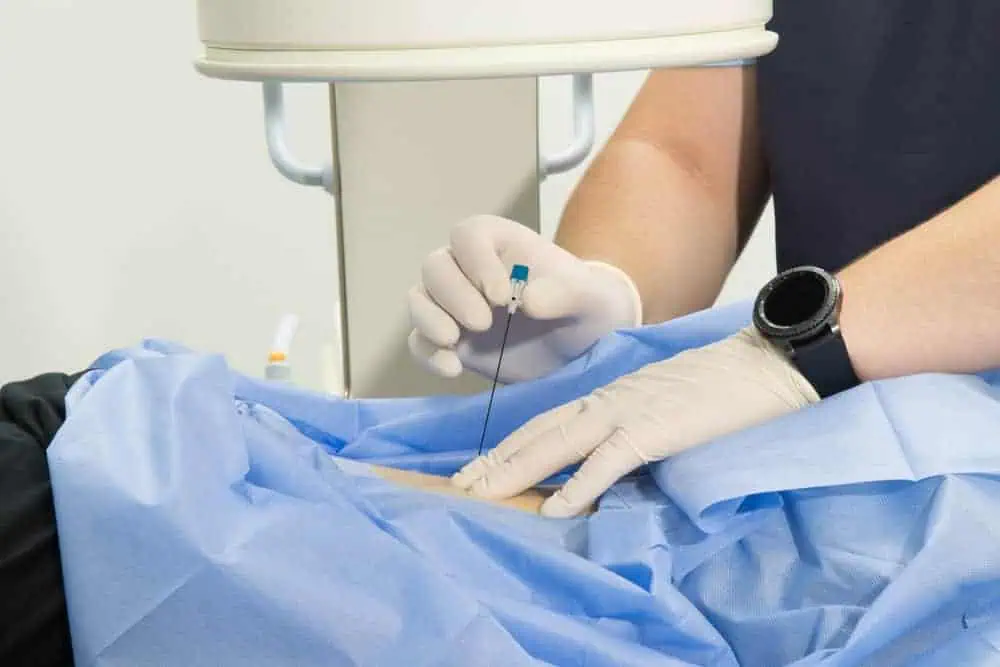Need relief from back or sciatica pain in Financial District? Epidural injections offer a fast and effective solution. NY Spine Medicine is your trusted partner for epidural pain management.
Reviews
Pain Management

Your Local Practitioners
At NY Spine Medicine, we’re committed to providing the highest quality epidural injections for back pain and sciatica in New York City. Our team of specialists takes a compassionate, patient-centered approach, ensuring that each individual receives the care and attention they deserve. With years of experience and a dedication to patient well-being, we’re the trusted choice for pain management in Financial District, NY.

Our Epidural Injection Process


Epidural Pain Relief That Works
Epidural injections are a proven and effective method for managing chronic pain caused by conditions like sciatica and back pain. By delivering medication directly to the inflamed area, these injections offer fast-acting and long-lasting relief. At NY Spine Medicine in Financial District, NY, we specialize in providing epidural injections for pain relief. Whether you’re dealing with the persistent discomfort of sciatica or the debilitating effects of back pain, our experienced team in New York City is here to help you find relief and reclaim your life. Contact us today at 212-750-1155 to schedule a consultation and take the first step towards a pain-free future!
Contact Information
What is now the Financial District was once part of New Amsterdam, situated on the strategic southern tip of the island of Manhattan. New Amsterdam was derived from Fort Amsterdam, meant to defend the fur trade operations of the Dutch West India Company in the North River (Hudson River). In 1624, it became a provincial extension of the Dutch Republic and was designated as the capital of the province of New Netherland in 1625. By 1655, the population of New Netherland had grown to 2,000 people, with 1,500 living in New Amsterdam. By 1664, the population of New Netherland had skyrocketed to almost 9,000 people, 2,500 of whom lived in New Amsterdam, 1,000 lived near Fort Orange, and the remainder in other towns and villages. In 1664 the English took over New Amsterdam and renamed it New York City.
In the late 19th and early 20th centuries, the corporate culture of New York was a primary center for the construction of early skyscrapers, and was rivaled only by Chicago on the American continent. There were also residential sections, such as the Bowling Green section between Broadway and the Hudson River, and between Vesey Street and the Battery. The Bowling Green area was described as “Wall Street’s back yard” with poor people, high infant mortality rates, and the “worst housing conditions in the city”. As a result of the construction, looking at New York City from the east, one can see two distinct clumps of tall buildings-the Financial District on the left, and the taller Midtown neighborhood on the right. The geology of Manhattan is well-suited for tall buildings, with a solid mass of bedrock underneath Manhattan providing a firm foundation for tall buildings. Skyscrapers are expensive to build, but the scarcity of land in the Financial District made it suitable for the construction of skyscrapers.
Business writer John Brooks in his book Once in Golconda considered the start of the 20th century period to have been the area’s heyday. The address of 23 Wall Street, the headquarters of J. P. Morgan & Company, known as The Corner, was “the precise center, geographical as well as metaphorical, of financial America and even of the financial world”.
Learn more about Financial District.New York:
Florida:
Support